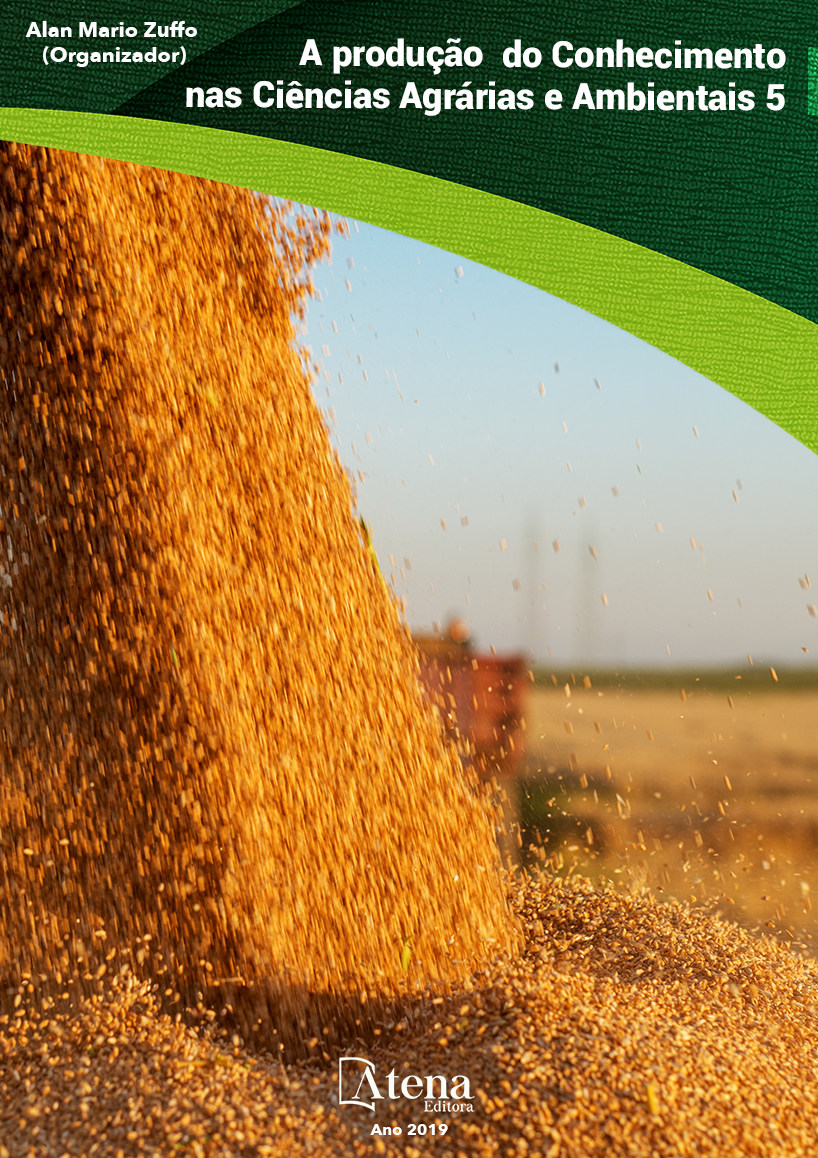
PRODUTIVIDADE DE CANA-DE-AÇÚCAR DE SEGUNDO CORTE FERTILIZADA COM ORGANOMINERAIS DE LODO DE ESGOTO E BIOESTIMULANTE
A cultura da cana-de-açúcar
(Saccharum spp.), pertencente à família das
Poaceae, é originaria das regiões tropicais do sul
e do sudeste da Ásia. O estudo dos fertilizantes
organominerais como fonte alternativa vem
mostrando resultados promissores na adição
de matéria orgânica e na fertilização de culturas
de ciclo longo como a cana de açúcar. O lodo
de esgoto é um resíduo sólido resultante de
processos de tratamento biológico de esgoto.
Os bioestimulantes são substâncias naturais
ou sintéticas que quando aplicados diretamente
nas plantas podem alterar seus processos
vitais e estruturais aumentando a produção e a
qualidade de culturas de interesse econômico.
A realização deste trabalho teve como objetivo
avaliar a produtividade de cana-de-açúcar
fertilizada, com organominerais oriundos de
lodo de esgoto com e sem bioestimulante.
O delineamento experimental foi em blocos
casualizados, com dez tratamentos e cinco
repetições. As combinações dos tratamentos
foram em função da recomendação de adubação
de plantio e cobertura, consistindo: 100 % com
fonte mineral; 0; 60; 80; 100 e 120 % (Sem e Com
bioestimulante) da fonte organomineral a base
de biossólido. Foram avaliados: perfilhamento e
produtividade. Os resultados apontaram que o
uso do bioestimulante não promove ganho em
produtividade. As fontes organomineral de lodo
de esgoto e mineral 100% não diferem. Não
houve resposta aos diferentes percentuais de
recomendação na produtividade da cana-deaçúcar
aos 370 após o primeiro corte (DAPc).
PRODUTIVIDADE DE CANA-DE-AÇÚCAR DE SEGUNDO CORTE FERTILIZADA COM ORGANOMINERAIS DE LODO DE ESGOTO E BIOESTIMULANTE
-
DOI: 10.22533/at.ed.8831926042
-
Palavras-chave: Cana de açúcar, Fertilizantes, bioestimulante, produtividade
-
Keywords: Sugarcane, Fertilizer, biostimulant, productivity
-
Abstract:
The sugarcane (Saccharum
spp.) crop, belonging to the Poaceae family, is
native to the tropical regions of southern and
southeastern Asia. The study of organomineral
fertilizers as an alternative source has shown promising results in the addition of organic
matter and the fertilization of long-cycle crops such as sugarcane. Sewage sludge is a
solid waste resulting from processes of biological treatment of sewage. Biostimulants
are natural or synthetic substances that when applied directly to plants can change
their vital and structural processes by increasing the production and quality of crops of
economic interest. The objective of this work was to evaluate the productivity of fertilized
sugarcane, with organominerals from sewage sludge with and without biostimulant.
The experimental design was a randomized block design, with ten treatments and
five replications. The treatment combinations were based on the recommendation of
planting and cover fertilization, consisting of 100% with a mineral source; 0; 60; 80;
100 and 120% (without and with biostimulant) of the biosolids-based organomineral
source. Tillering and productivity were evaluated. The results showed that the use of
the biostimulant does not cause a gain in productivity. The organomineral sources of
100% sewage sludge and mineral do not differ. There was no response to the different
percentages of recommendation on sugarcane productivity at 370 after the first cut
(DAPc).
-
Número de páginas: 15
- Mateus Ferreira
- Ariana de Oliveira Teixeira
- Igor Alves Pereira
- Marliezer Tavares de Souza
- Emmerson Rodrigues de Moraes
- Suellen Rodrigues Ferreira


